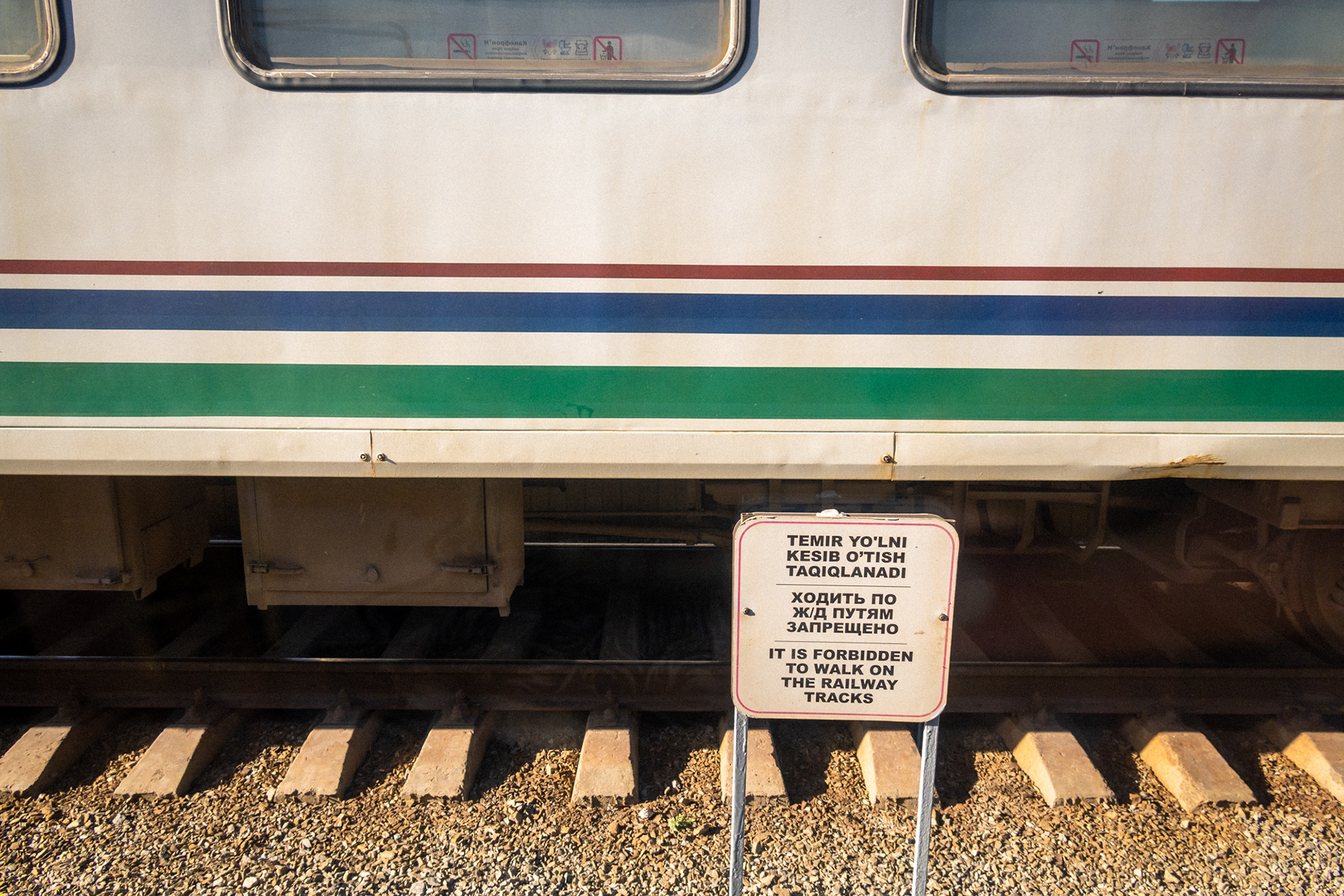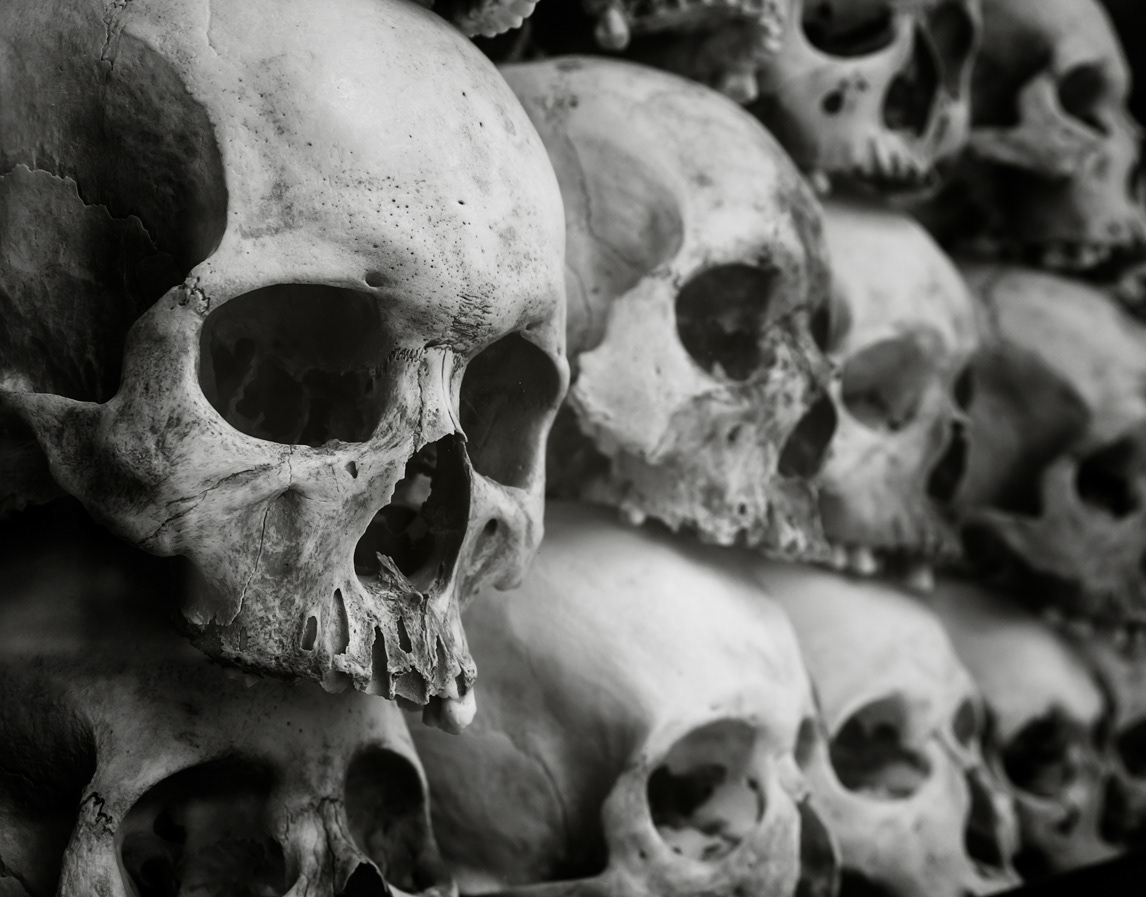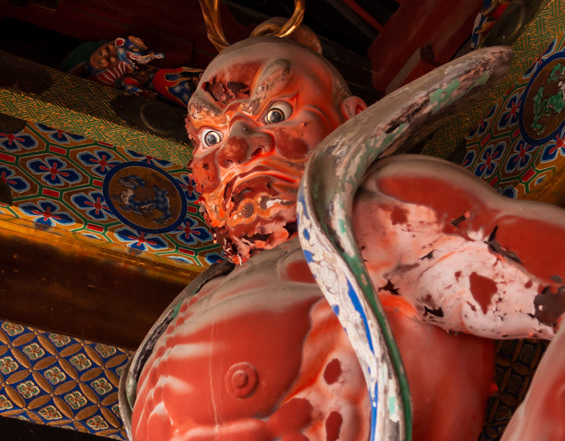The historical jewel of Uzbekistan, Bukhara's origins stretch back millennia and are lost to the mists of time. The city was already well established as a major Silk Road centre of trade in the 6th century BC when it became a province of the Persian empire. Bukhara flourished under the succeeding Muslim Samanid empire during the 9th and 10th centuries, becoming a renowned centre of the arts and sciences. Giants of the Muslim and Persian worlds such as Avicenna, Ferdowsi and Rudaki created some of their most important works whilst residents during this period. This golden age all came to an apocalyptic end when Genghis Khan's Mongol horde swept through the region in 1220. Bukhara was besieged and almost completely destroyed, and did not only fully recover until the 15th century under the Shaybanids dynasty. The city's fortunes have waxed and waned frequently since that revival, a notable low point being Soviet rule in the early part of the 20th century which saw mosques converted into offices and madrasas used as stables. Thankfully subsequent Russian restoration work and Uzbek independence have seen Bukhara rise once more, reclaiming its former grandeur and elegance.
View from Kaylon Mosque's courtyard, looking back onto one of Mir-i Arab Madrasa's blue domes.
Mir-i Arab Madrasa, on Poi Kalyon square, in the heart of the old town. Mir-i-Arab ('Prince of the Arabs') was built in 1536 and refers to Sheikh Abdullah Yamani, head of Bukhara's Muslim community during the early 1500's


Central courtyard views, Kalyon Mosque. The mosque was completed in 1530 by Ubaydullah-khan of the Shaybanid dynasty, direct descendents of Mongol conqueror Genghis Khan, and successor to the Timurid dynasty. It was one of the first major Shaybanid monuments, an early sign of Bukhara's emerging status cutural and commercial centre.
Leaving the Kalyon Mosque after Friday prayers. Kaylon is a Friday mosque (or congregational mosque) where Friday noon prayers, known as jumu'ah, are hosted. Historically, the number of congregational mosques in a city were strictly limited, though this is not really the case in modern times.
Bolo Hauz Mosque's iwan (open hall) and pishtaq (gateway). Bolo Hauz is the only surviving historic building on the western edge of Registan Square, the central square of old Bukhara. Initially constructed in 1712, the cavernous wooden-pillared iwan was added in 1917. Bolo Hauz initially served as the ruling Khan's personal mosque, having been built directly opposite the Ark fortress, his seat of power.
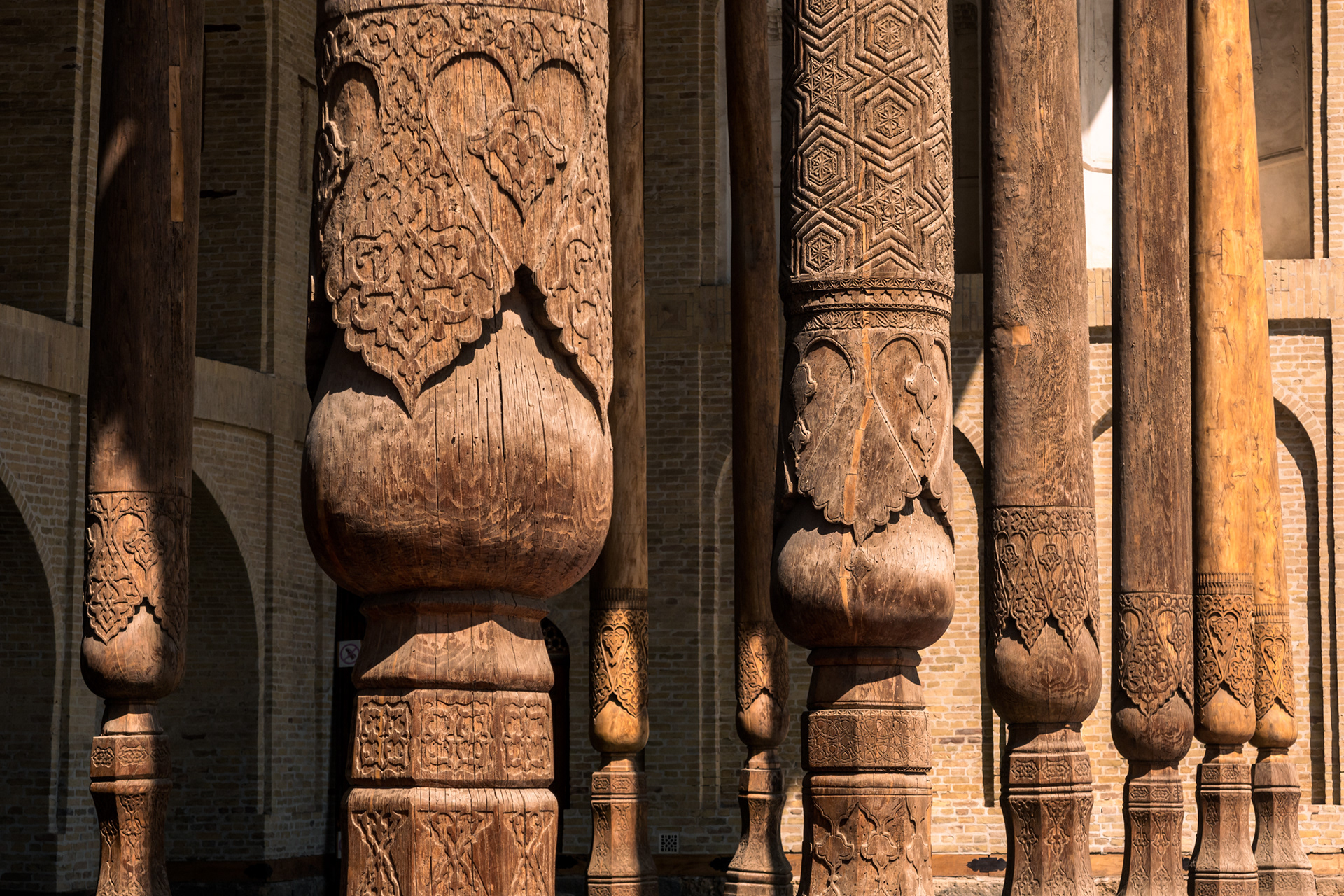

Several of the twenty supporting elm, poplar and walnut wood columns at Bolo Hauz mosque, each comprised of two tree trunks connected end-to-end (left). Decorative column capitals and the iwan's intricately decorated coffered ceiling (right).
The western gate of the Ark, a fortified citadel whose origins stretch back to sometime between the 5th and 6th centuries. The name Ark is actually a corruption of the Persian 'arg', meaning a citadel or castle. Situated on Registan Square, most of what's standing today dates from the 16th-18th centuries. It was the main residence of Bukhara's rulers until the Soviet invasion of 1920, when the majority of the site was destroyed by fire after heavy ariel bombardment.


The 18th century Jome mosque within the Ark, for the private use of the emir and his family (left). The Ark's throne hall, or kurinesh khana (right), where emirs were crowned and raised onto a marble throne.
Entrance to the kurinesh khana. The small wall was to sheild the emir from the gaze of his subjects as they passed by the reception court


The Ark's massive mud-brick ramparts and some pedal-powered boy racers rampaging around the base of the walls
Looking back towards Poi Kalyon square's monumental Kaylon minaret and madrasas from outside the Ark fortress
Ulugh Beg Madrasa tourist drive-by. Built 1417-20 by the future Timurid astronomer-king Ulugh Beg. Calligraphy on the entrance extols 'Aspiration to knowledge is the duty of every Muslim man and woman'. The mardasa attracted scholars and scientists from across the Muslim world, giving the city Bukhara a much needed boost in stature. The city had been devastated by the brutal Mongol conquest of 1220, and the founding of the madrasa was an initial step to rebirth


High portal, or pishtaq, of the Abdullaziz Khan madrasa (left), and the unusually vibrant and intricate muqarnas (right) of the vaulted roof of its iwan, the formal gateway of the madrasa. The madrasa was built 1652-1654
Some of the original decorative ceiling and vaulted arches within the Abdullaziz Khan madrasa


Ceiling and muqarnas decorated arch of the Winter Mosque (left). Detail from the entrance iwan to the madrasa (right)
Vaulted arch of the Winter Mosque's mirhab in the Abdullaziz Khan madrasa


Unadorned muqarnas (left) and the original decoration of the Winter Mosque's mirhab recess (right). The Abdullaziz Khan madrasa was never fully decorated as it's sponsor and namesake Abd al-Aziz Khan, the fifth Khan of Bukhara, was dethroned before it's completion
Magok-i-Attari mosque's south formal entrance, or pishtaq. This is Central Asia's oldest surviving mosque (circa 12th century), one of the few to survive the devastating Mongol invasions of 1219-21 which saw the destruction of the majority of Bukhara.
Ismail Samani mausoleum, tomb of the founder of the Samanid dynasty (819-1005CE). The mausoleum is the oldest Islamic monument in Bukhara, and the earliest example of an Islamic tomb to survive in Central Asia.
Chashma-Ayub Mausoleum, where the prophet Ayub (biblical Job) is buried. Chashma-Ayub translates into 'Job's Well', and relates to the legend that he struck the ground with his staff at this site causing a healing wellspring of water to rise up from the earth. The mausoleum is one of the few Timurid era structures remaining in Bukhara (Ulugh Beg Madrasa being another).
Markazi Bazaar (aka the Central Market). A reminder of the city's history as a major trading hub on the fabled Silk Road. A surviving section of the defensive wall of Bukhara provides an imposing backdrop to the open-air section of the market. The formidable structure dates back to the 8th century. Scenes from around the market (below)

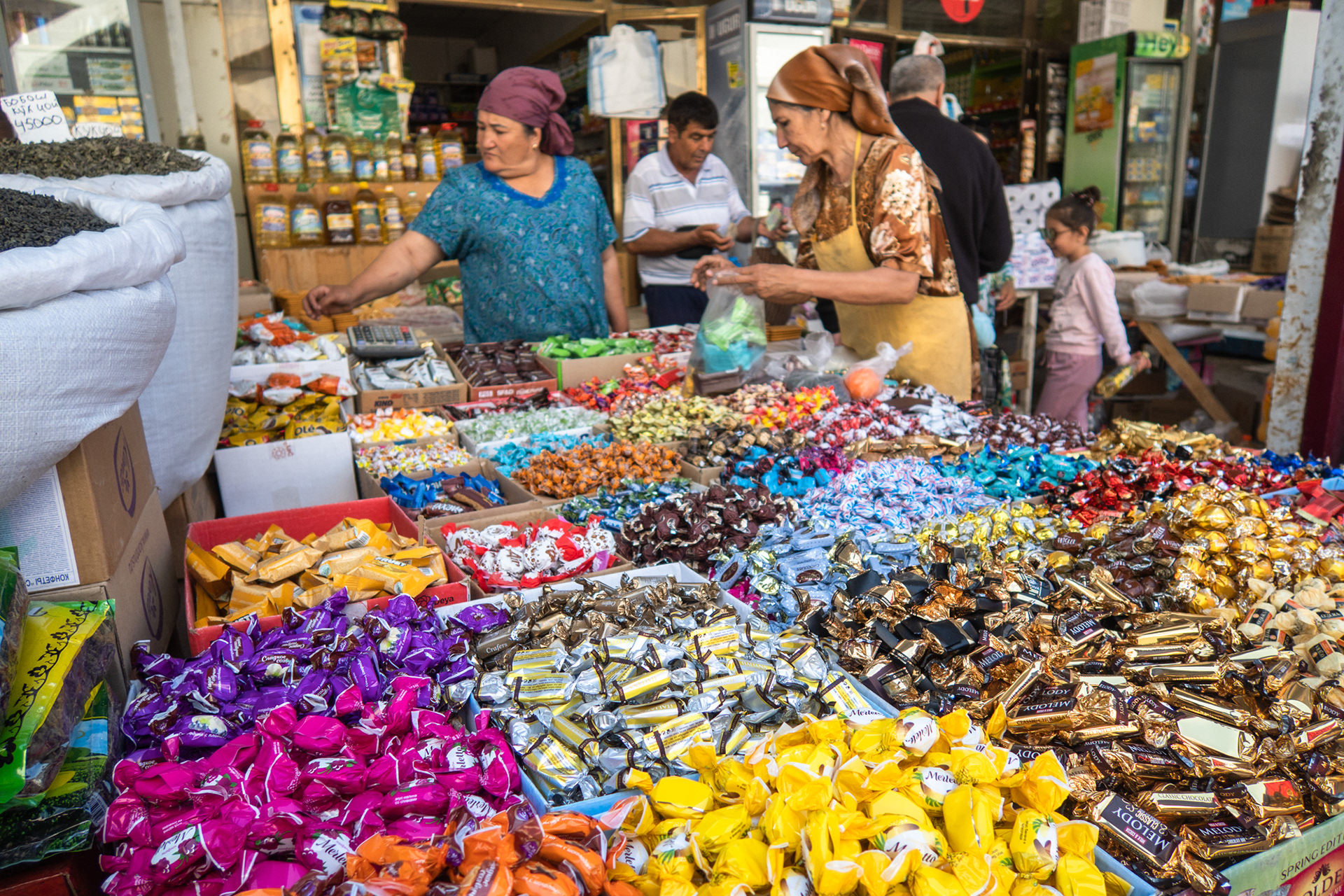


Mir-i-Arab Madrasa, seen from the entrance to Poi Kalyon square. It's construction was funded by the sale of 3000 slaves captured by it's builder, Ubaydullah-Khan, during his wars in Khorasan (north-eastern Iran and parts of Afghanistan). Ubaydullah was interred within the madrasa, next to his spiritual advisor Sheikh Abdullah Yamana (aka Mir-i-Arab).


Kalyon Minar (Great Minaret), left, and Poi Kalyon square with Mir-i-Arab madrasa in the background, right. The towering minaret was built in 1127 and was just about the only structure to survive Genghis Khan's visit to Bukhara in the 13th century. Whilst it's primary use was as the place for a muezzin to recite the Muslim call to prayer (adhan), it's also functioned as a lookout during times of conflict, and as a site to execute criminals by throwing them off the summit (earning it the name Tower of Death).
The multiples domes of Taqi Zargaron (dome of the jewelers), a traditional 'crossroads' market, or chorsu, from the heydey of Bukhara's Silk Road past. The date of construction is likely some time during the 16th century Timurid period, though there's some debate that it may have been during the later Shaybanid era.
Walking through the main dome of the Taqi Zargaron trading market


Inside the Tim Abdulla Khan Trading Dome. This domed bazaar differs from Taqi Zaragon as it is not located at a crossroads and is fully enclosed (the word Tim meaning a closed room for public use). Built in 1577, it was central to the silk trade of the time, but now largely sells distinctive suzani textiles and 'Bukhara rugs' (in reality Turkmen 'teke' design rugs).
A tearoom under the central dome of Tim Abdullah Khan


Cups, jugs and other intricately patterned tableware at a stall outside Taki Zargaron (left). A selection of rugs and textiles inside Tim Abdullah Khan (right)
Some of the means of local and tourist transportation in and around the trading domes of Bukhara (above and below)

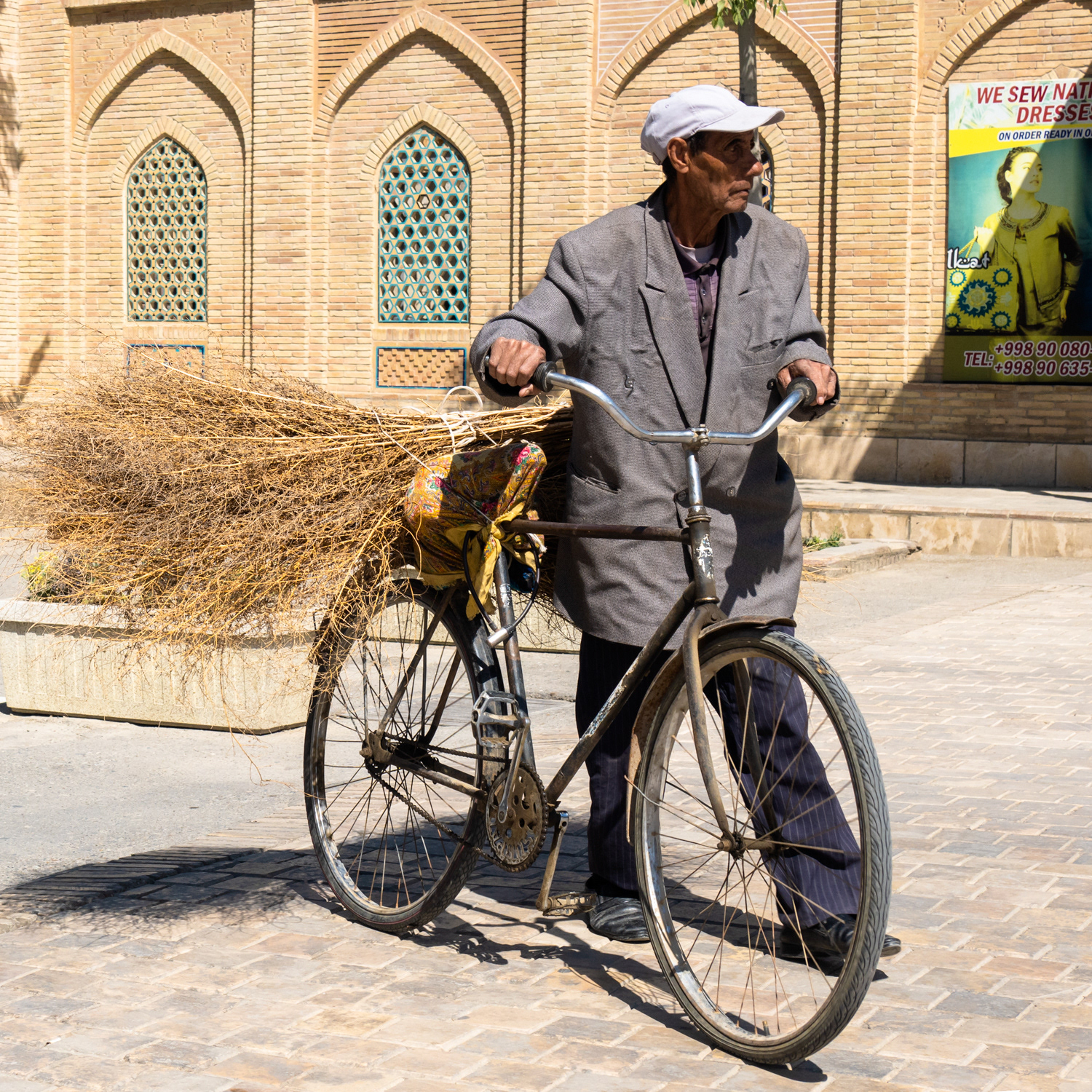
Nadir Divan-Beghi Khanaka, a sufi lodge, located at the west end of Lyab-i Hauz square ('hauz' meaning pond or resevoir in Persian)
Nadir Divan-begi Mosque, constructed between 1621-22 on the east side of Lyab-i Hauz square. The architecure and layout suggest it was most likely built as a caravanserai then converted into a madrasa (there's no mosque for example). One explanation for this was that the Khan mistakenly thought it was a madrasa at it's dedication, so a fearful vizier hastily converted it into one (as Khan's could never be wrong). Nowadays it's a place where kids can hire mini sports cars for a joyride
Kukeldesh Madrasa, north side of Lyabi Hauz square (above and below). Constructed in the late 1560s by Qul Baba Kukeldash, an emir under the Shaybanid ruler Abdullah Khan II




16th century synagogue in the tiny Jewish Quarter of Bukhara's old town. Most of the Jewish population emigrated to the US and Israel in the 1970's)
Bukhara railway station. The last stop on the high-speed Afrosiyab rail route (as of 2023, given plans to extend the line to the ancient Silk Road city of Khiva)


